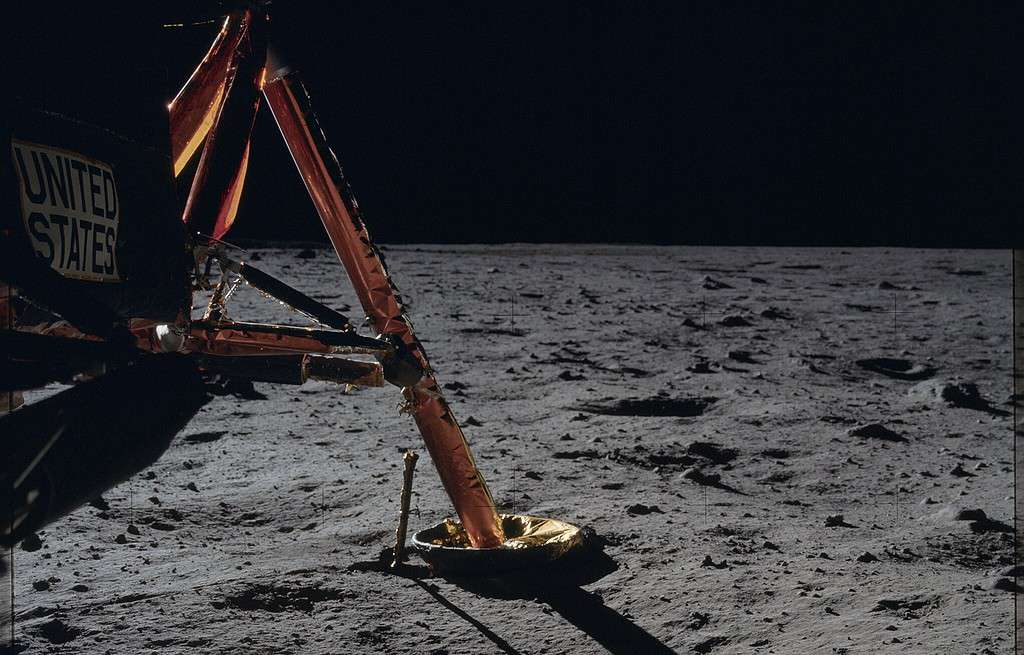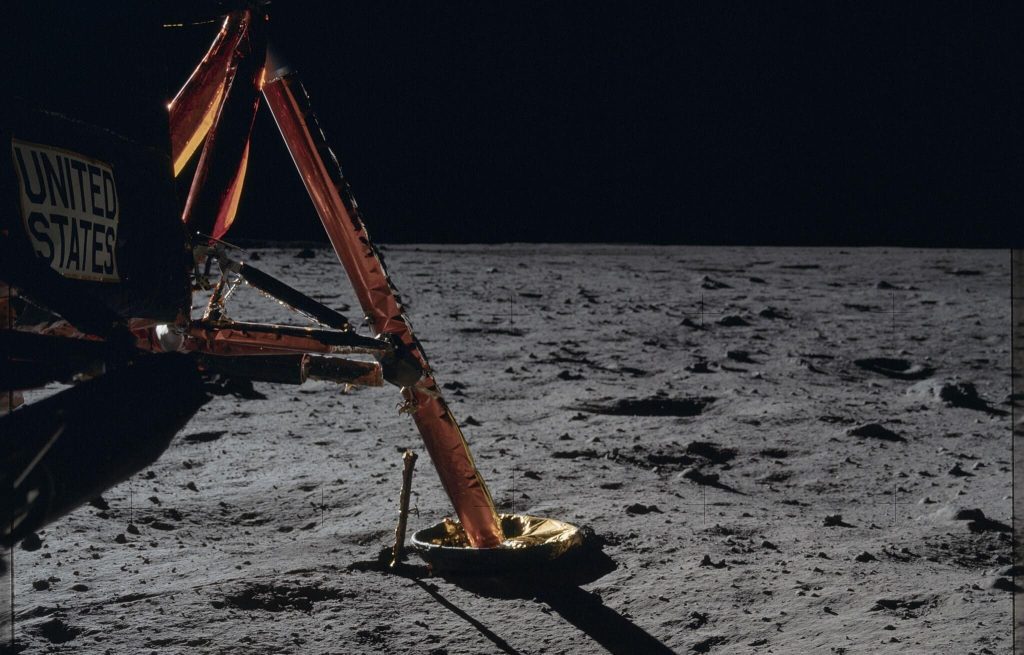
About 50 years after the last human footprint on the moon, NASA is preparing to return with more ambitious plans. The space agency aims to conduct research that could lead to future space settlement.
NASA’s Lunar Effects on Agricultural Flora (LEAF) project includes a mini-greenhouse that will be taken to the Moon by the mission. Artemis 3 scheduled for 2026,
Growing plants on the moon
The LEAF experiment seeks to improve our understanding of plant biology in harsh environments, such as the Moon.
Scientists want to learn how to cultivate life in space by studying plant photosynthesis, growth, and stress responses under the unique conditions of space radiation and partial gravity.
The project is led by Space Lab Technologies and involves the University of Adelaide, La Trobe University, the United States Department of Agriculture, University of Colorado Boulder, and Purdue University, among others. Plants for Space (P4S) partners
Christine Escobar, the project lead and Vice President of Space Lab, said, “This research will be a crucial step toward understanding how we can use agriculture in space to support human crews.
It’s not the first agriculture on the moon
Lunar agriculture is not entirely new, as China’s mission successfully sprouted cotton seeds on the far side of the Moon in 2019. However, the LEAF project intends to provide a comprehensive understanding of plant growth under lunar conditions. Chang’e 4 The mission’s broader scientific payload includes the Lunar Environment Monitoring Station and the Lunar Dielectric Analyzer, which aim to monitor seismic activity and analyze the electric conductivity of lunar dust.
Through these projects, we can gain essential insight into the Moon’s geophysical features and environmental challenges.
Successful food cultivation on the Moon has implications beyond dietary needs, offering the potential for sustaining and expanding human life in space.
“The information we collect from the mission, both from the lunar surface and what we discover when we study the samples upon return, will assist us in developing the future crops for the moon and Mars,” said Jenny Mortimer, associate professor of Plant Synthetic Biology at the University of Adelaide and P4S Chief Investigator.
Was this helpful?
Related Posts
- Scientists pinpoint the precise Martian crater that ejected world’s oldest meteorite
- Cattle Could Produce More Methane Than Thought, But Manure Could Be The Answer
- Chimpanzees conduct military tactics when spying on other tribes
- Moon’s soil could produce oxygen and fuel









